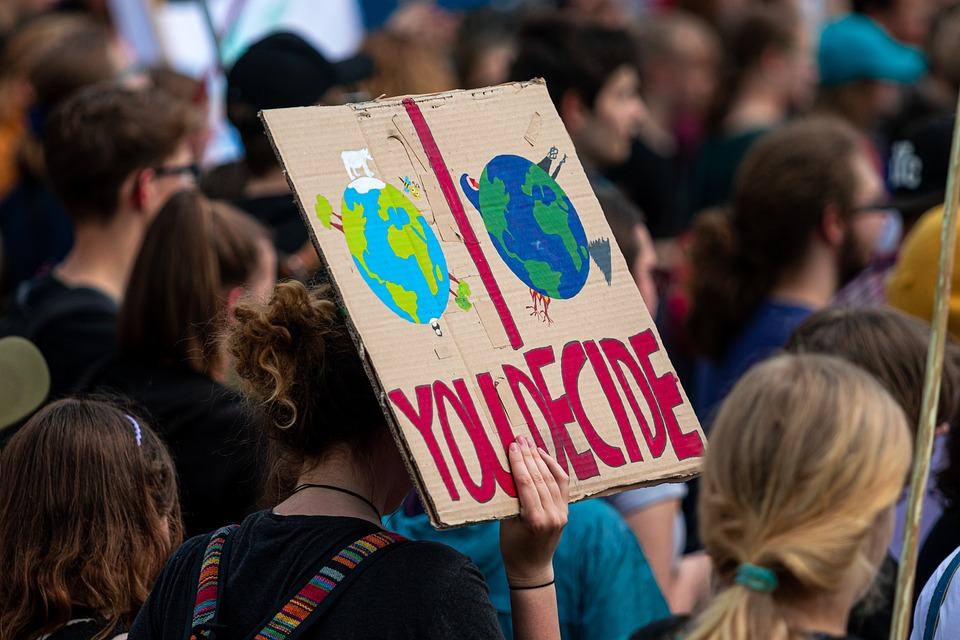The Role of Deforestation in Climate Change
Introduction
Deforestation, the clearing of forests for agriculture, urban development, and other human activities, has a significant impact on climate change. Forests play a crucial role in regulating the Earth’s climate by absorbing carbon dioxide from the atmosphere and acting as a carbon sink. When forests are destroyed, the stored carbon is released back into the atmosphere, contributing to the greenhouse effect and global warming.
Impact on Carbon Emissions
One of the main ways deforestation contributes to climate change is through carbon emissions. Trees absorb carbon dioxide, a greenhouse gas, during photosynthesis and store it in their biomass. When trees are cut down and burned or left to decompose, the stored carbon is released back into the atmosphere as carbon dioxide.
According to the World Resources Institute, deforestation is responsible for roughly 10% of global carbon emissions, making it a significant driver of climate change. The destruction of tropical forests, in particular, releases large amounts of carbon into the atmosphere, as these forests store more carbon per hectare than other types of forests.
Loss of Biodiversity
In addition to its impact on carbon emissions, deforestation also leads to the loss of biodiversity. Forests are home to a wide variety of plant and animal species, many of which are unique to their ecosystems. When forests are cleared, these species lose their habitat and may face extinction.
The loss of biodiversity not only has ethical implications but also affects ecosystem services such as pollination, soil fertility, and water purification. Without healthy forest ecosystems, these services are compromised, leading to negative impacts on human well-being and the environment.
Changes in Local Climate
Deforestation can also lead to changes in local climate patterns. Forests play a crucial role in regulating temperature, humidity, and precipitation through a process known as transpiration. Trees release water vapor into the atmosphere, which helps cool the air and create clouds.
When forests are cleared, these cooling effects are lost, leading to higher temperatures and decreased rainfall in the area. This can have negative consequences for agriculture, water supply, and other aspects of local ecosystems.
Feedback Loops
Deforestation can also create feedback loops that exacerbate climate change. For example, the loss of forests reduces the Earth’s ability to absorb carbon dioxide, leading to higher concentrations of greenhouse gases in the atmosphere. This, in turn, can contribute to further warming and more extreme weather events.
Additionally, deforestation can alter regional climate patterns, such as the monsoon, which can have cascading effects on other ecosystems and human societies. These feedback loops highlight the interconnected nature of climate change and the importance of addressing deforestation as part of broader climate mitigation efforts.
Solutions
Addressing deforestation is key to mitigating climate change and preserving biodiversity. One approach is to promote sustainable land use practices that allow for the conservation of forests while meeting the needs of local communities. This includes implementing laws and policies that protect forests, promoting reforestation and afforestation initiatives, and supporting indigenous land rights.
International agreements such as the Reducing Emissions from Deforestation and Forest Degradation (REDD+) program have also been established to incentivize developing countries to reduce deforestation and promote sustainable forest management. By providing financial incentives for forest conservation, REDD+ aims to address climate change while supporting the livelihoods of forest-dependent communities.
In conclusion, deforestation plays a significant role in climate change by releasing stored carbon into the atmosphere, contributing to carbon emissions, and disrupting ecosystem services. Addressing deforestation is crucial for mitigating climate change, preserving biodiversity, and sustaining healthy ecosystems. By promoting sustainable land use practices, supporting forest conservation initiatives, and implementing international agreements, we can work towards a more sustainable future for our planet.
